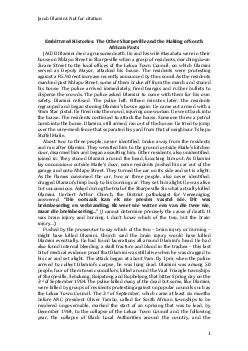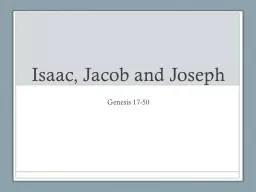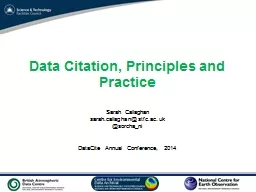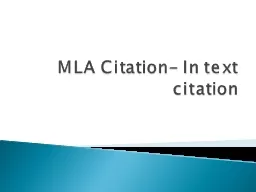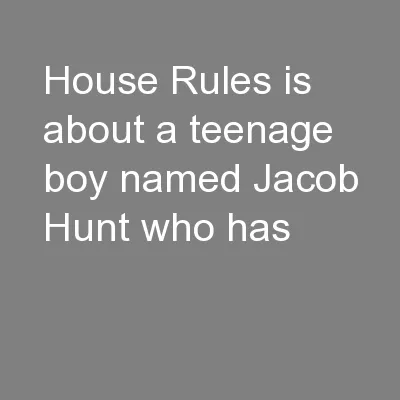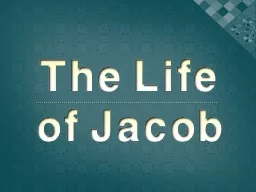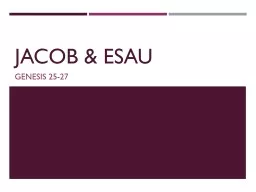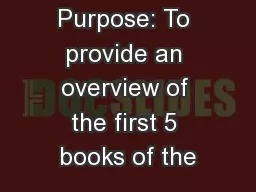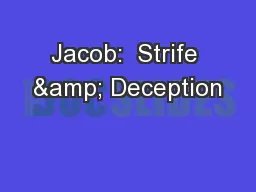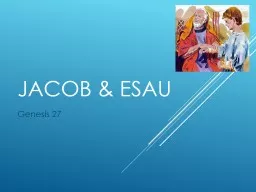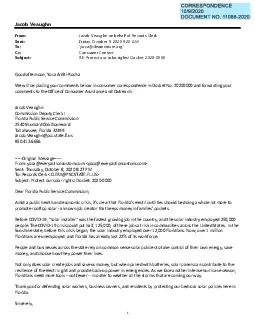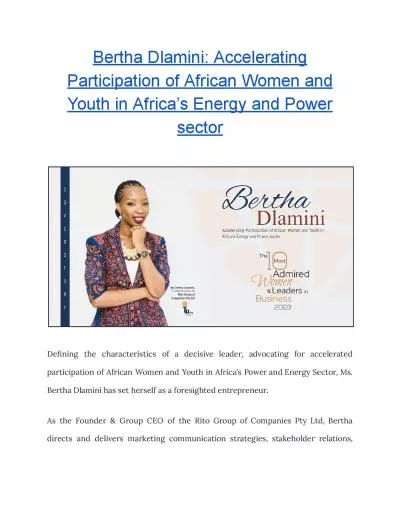PDF-Jacob Dlamini: Not for citation
Author : conchita-marotz | Published Date : 2016-12-02
1 Embittered Histories The Other Sharpeville and the Making of South African Past s JACOB Dlamini died a gruesome death He and his wife Masabata were in their house
Presentation Embed Code
Download Presentation
Download Presentation The PPT/PDF document "Jacob Dlamini: Not for citation" is the property of its rightful owner. Permission is granted to download and print the materials on this website for personal, non-commercial use only, and to display it on your personal computer provided you do not modify the materials and that you retain all copyright notices contained in the materials. By downloading content from our website, you accept the terms of this agreement.
Jacob Dlamini: Not for citation: Transcript
Download Rules Of Document
"Jacob Dlamini: Not for citation"The content belongs to its owner. You may download and print it for personal use, without modification, and keep all copyright notices. By downloading, you agree to these terms.
Related Documents

